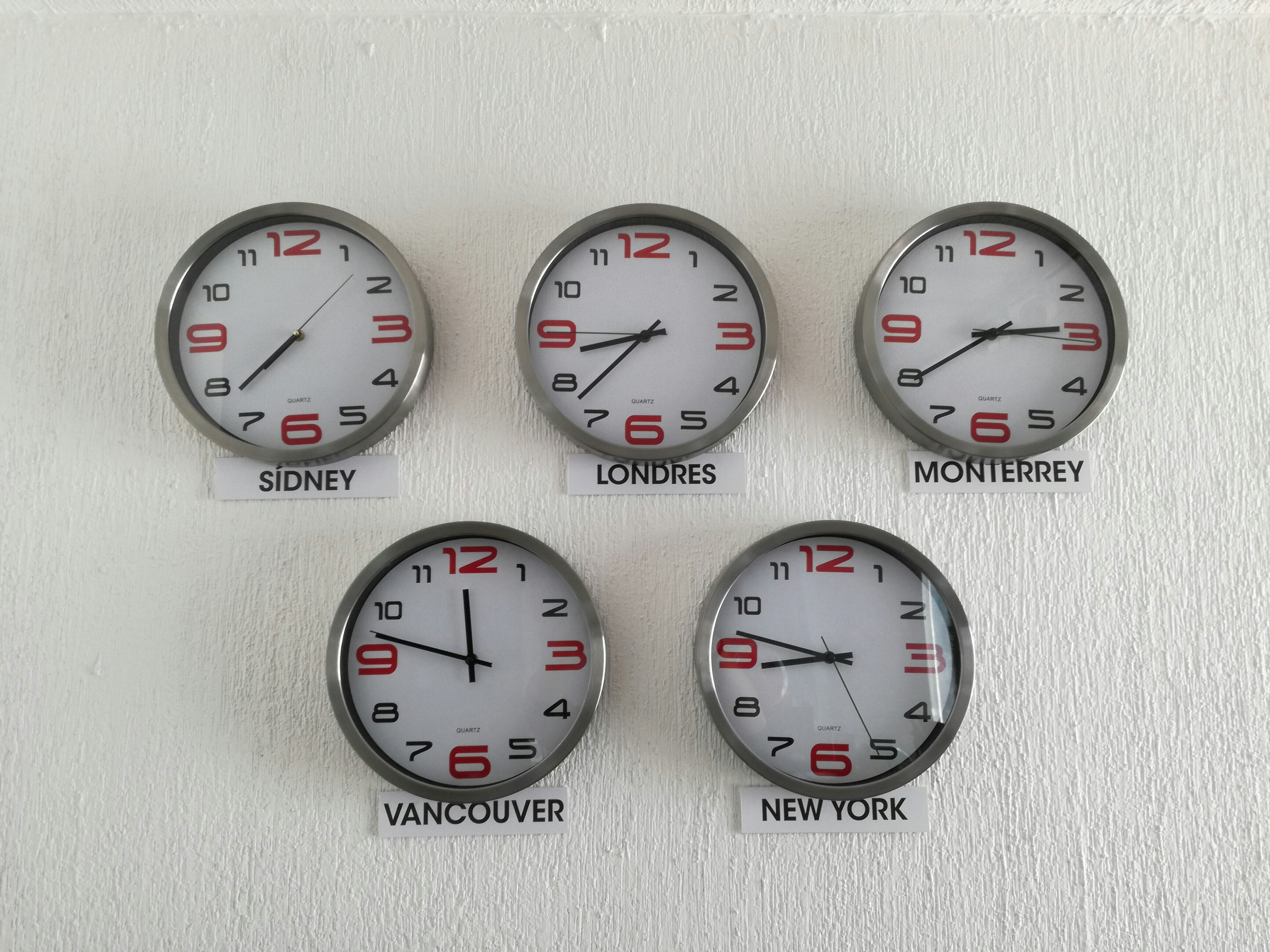The New Delhi consensus

One of the more remarkable (though largely unremarked) developments in recent Indian politics has been the startling shift in the country’s discourse about capitalism. As in many developing countries, “self-reliance” and economic self-sufficiency were India’s national mantras after independence – and, in India’s case, remained so for more than four decades. Whereas most Westerners axiomatically associate capitalism with freedom, India’s nationalists associated it with slavery. After all, the British East India Company, that harbinger of capitalism, had come to trade and stayed to rule.
One of the lessons that history teaches us is that history often teaches us the wrong lessons. For India’s nationalist leaders, this meant that every foreigner with a briefcase should be viewed as the thin edge of a neo-imperial wedge.
This had serious implications for India’s role in the world economy. Instead of integrating India into the global capitalist system, as only a handful of post-colonial countries – for example, Singapore – chose to do, India’s leaders (and those of most former colonies) were convinced that the political independence that they had fought for could be guaranteed only through economic independence.
As a result, self-reliance became the official credo, protectionist barriers went up, and India spent 45 years largely divorced from global trade and investment flows. Bureaucrats, not businessmen, controlled the “commanding heights” of the economy, and India shackled itself to statist controls that emphasized distributive justice over economic growth, stifled free enterprise, and discouraged foreign investment. While the “Asian tigers” roared ahead, the Indian economy sputtered along, growing at a 2-3% annual rate. Economists spoke derisively of a “Hindu rate of growth.”
“Self-reliance” guaranteed both political freedom and freedom from economic exploitation. The result was that for most of the first five decades after independence, India, despite the best of intentions, pursued an economic policy of subsidizing unproductivity, regulating stagnation, and redistributing poverty. We called this socialism.
Indian-style socialism was a compound of nationalism and idealism. It embodied the conviction that goods and services vital to Indians’ economic well-being must remain in Indian hands – and not in the hands of Indians seeking to profit from producing and selling such goods and services, but rather in the disinterested hands of the state, the father and mother to all Indians.
Given this mindset, performance was not a relevant criterion for judging the utility of the public sector. Inefficiencies were masked by generous subsidies from the national treasury, and a combination of vested interests – socialist ideologues, bureaucratic managers, trade unions, and monopolies – kept it beyond political criticism.
The “permit-license-quota” culture of statist socialism allowed politicians and bureaucrats to use public service as a vehicle for private gratification, giving birth to a culture of corruption that still persists. India’s misfortune, in the economist Jagdish Bhagwati’s famous aphorism, was to be afflicted with brilliant economists. Add to that clamorous politicians and growing demands on a national economic pie that decades of protectionism prevented from growing.
It is impossible to quantify the economic losses inflicted on India during four decades in which entrepreneurs frittered away their time and energy applying for licenses rather than manufacturing products; paying bribes instead of hiring workers; wooing politicians instead of understanding consumers; and “getting things done” through bureaucrats rather than doing things for themselves.
It was only after a massive balance-of-payments crisis in 1991, when India’s government literally had to ship its gold reserves to London to serve as collateral for an International Monetary Fund loan, that India liberalized its economy under then-Finance Minister (now Prime Minister) Manmohan Singh. In Indian culture, the gold possessed by a household’s women has often been seen as a guarantee of the family’s honor; surrendering the nation’s gold to foreigners was a national humiliation that the old protectionism could not survive.
Since then, India has become a poster child for globalization. A country whose share of global trade had fallen from 2% in 1947 to 0.2% by 1987 decided to open up to the world economy. Foreign investment, once viewed as a threat, was now seen as a lifeline.
The revolution in information technology connected India’s bright young white-collar workers to Western employers and clients; IT and IT-enabled services, call centers, and business process outsourcing operations became the hallmarks of the new Indian economy. The rate of GDP growth more than tripled, averaging more than 9% per year from 2005 to 2007. It is now widely accepted across the political spectrum that India’s growth and prosperity would be impossible without the rest of the world.
The young generation has grown up with liberalization, and will not accept its rollback. Young Indians today are likely to spend a lot of their adult lives interacting with people who don’t look, sound, dress, or eat like them. Unlike their parents, they may well work for an internationally oriented company with clients, colleagues, or investors around the globe; and they are increasingly likely to take their holidays in far-flung destinations.
The change has now been deeply internalized. Three different coalitions have led India’s government since 1991, including one (from 1996 to 1998) that included Communists, and none has departed from the new “New Delhi” consensus. In his historic budget speech to Parliament in 1991, Singh, quoting Victor Hugo, declared that “no power on Earth can stop an idea whose time has come.” His words were prophetic. The liberalization of the Indian economy, and of the Indian political mind, has proved irreversible. Its time has come, and will not pass.
The opinions expressed here are those of the author, not necessarily those of the World Economic Forum. Published in collaboration with Project Syndicate.
Author: Shashi Tharoor is India’s Minister of State for Human Resource Development. His most recent book is Pax Indica: India and the World of the 21st Century. He has been a World Economic Forum contributor
Image: Indian currency of different denominations in Mumbai REUTERS/Vivek Prakash
Don't miss any update on this topic
Create a free account and access your personalized content collection with our latest publications and analyses.
License and Republishing
World Economic Forum articles may be republished in accordance with the Creative Commons Attribution-NonCommercial-NoDerivatives 4.0 International Public License, and in accordance with our Terms of Use.
The views expressed in this article are those of the author alone and not the World Economic Forum.
Stay up to date:
Financial and Monetary Systems
Related topics:
Forum Stories newsletter
Bringing you weekly curated insights and analysis on the global issues that matter.
More on Economic GrowthSee all
Rishika Daryanani, Daniel Waring and Tarini Fernando
November 14, 2025







